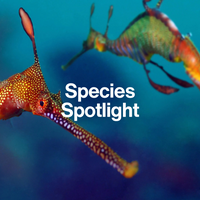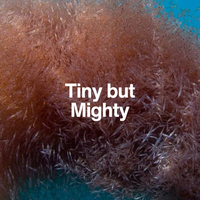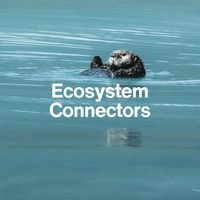The Master of Disguise
Leafy Seadragon

Drifting like seaweed but alive with colour, this Australian marvel is one of the ocean’s most enchanting illusionists.
Introduction
Meet the Leafy Seadragon
With delicate fronds that look like drifting algae, the leafy seadragon (Phycodurus eques) is often mistaken for seaweed—until it moves. A relative of seahorses and pipefish, this creature is one of the most spectacular masters of camouflage in the marine world.
Endemic to the southern and western coasts of Australia, leafy seadragons glide through kelp forests and seagrass meadows, propelled by nearly invisible fins and a slow, dreamlike sway. Their camouflage is so effective that predators—and even divers—often miss them entirely.

Fun Fact
Despite their plant-like appearance, leafy seadragons are fish. They breathe with gills, have backbones, and swim with surprising grace.
Biology & Behaviour
Slow Swimmers, Stealth Hunters
Leafy seadragons aren’t fast, and they don’t need to be. Their leaf-like appendages serve no role in movement—they’re purely for disguise. Instead, they use tiny pectoral and dorsal fins to gently manoeuvre through the water.
Their diet consists mainly of tiny crustaceans, plankton, and mysid shrimp, which they suck up through long, tube-like snouts. With no teeth or stomach, they must eat small amounts almost constantly to stay nourished.

Reproduction
Parenting with a Twist
Like seahorses, it’s the male leafy seadragon that carries and hatches the eggs. After an elaborate mating dance, the female deposits up to 250 bright pink eggs onto a special patch on the male’s tail. Over the next month or so, the male aerates and protects them until they hatch as fully formed, miniature seadragons.
This reversed parental role is one of many reasons leafy seadragons fascinate marine scientists and divers alike.


Conservation & Threats
A Species in Need of Quiet
Leafy seadragons are naturally rare and difficult to study in the wild. While not officially endangered, they are classified as Near Threatened, largely due to:
Habitat degradation
especially loss of kelp forests and seagrass beds
Pollution and sedimentation
which reduce water quality and smother critical habitats
Disturbance from divers
and illegal collection for aquariums
They are fully protected in Australia, and efforts are underway to monitor populations and preserve their fragile marine environments.
Did you know?
Leafy seadragons are so treasured in South Australia that they’ve been named the state’s official marine emblem.
Why They Matter
Nature’s Artwork in Peril
The leafy seadragon is living proof that evolution isn’t just functional—it’s artistic. With no speed, venom, or defences, its greatest survival tool is harmony with its environment.
But when that environment is disturbed, the leafy seadragon has nowhere to go. Its story is shared by many marine species: invisible, beautiful, and increasingly vulnerable—unless we choose to see them, and protect them.

Species Overview

Species ID Card
Leafy Seadragon
Want to take this species with you? Download our printable ID card to keep learning, share with others, or use in your classroom or ocean journal.
NEXT SPECIES
Meet the Deep-Sea Drifter: Dumbo Octopus
With ear-like fins and a slow, graceful glide, the dumbo octopus is a deep-sea marvel that defies expectations. Curious? Discover how this soft-bodied explorer survives in the coldest, darkest parts of our ocean.




